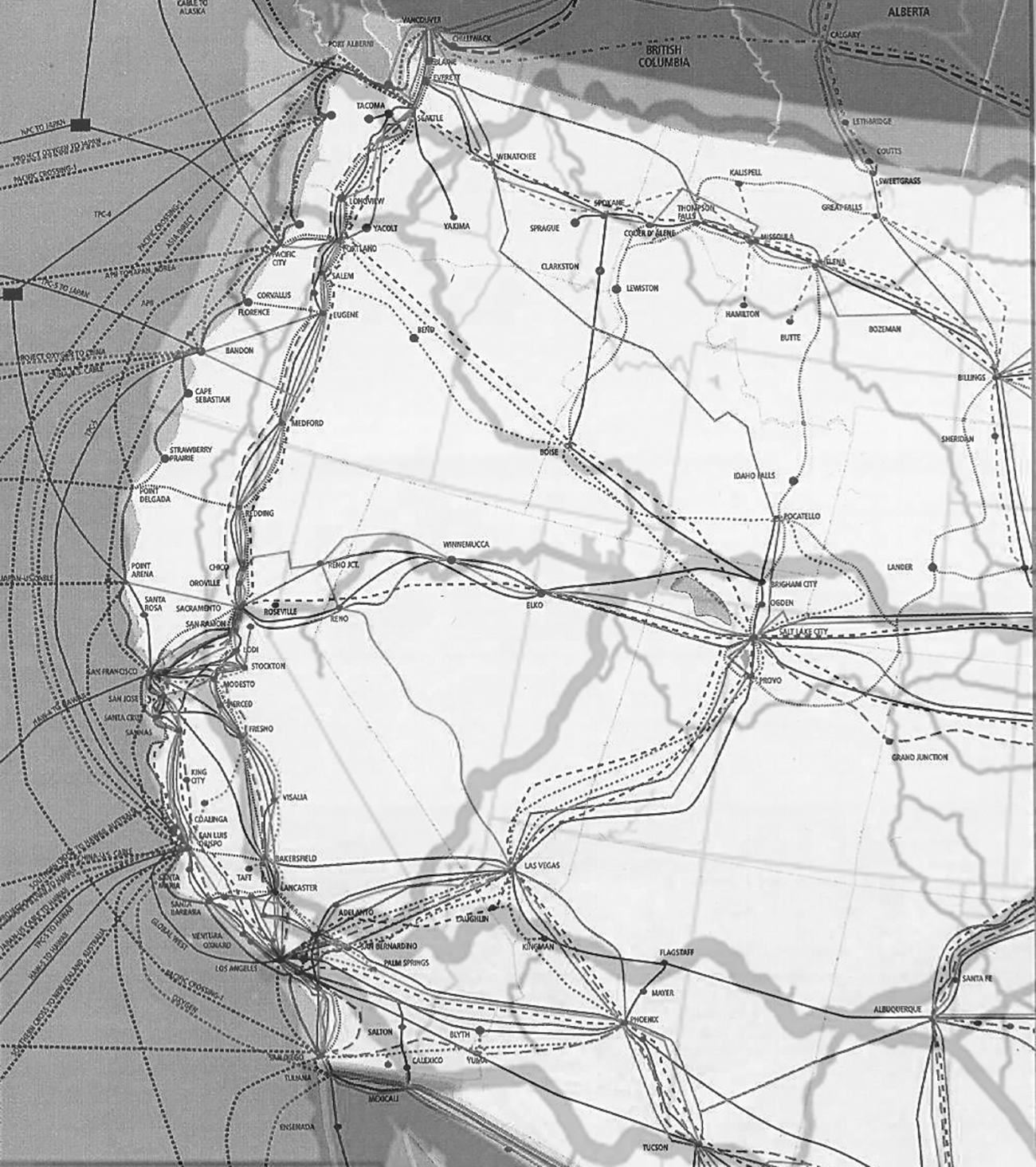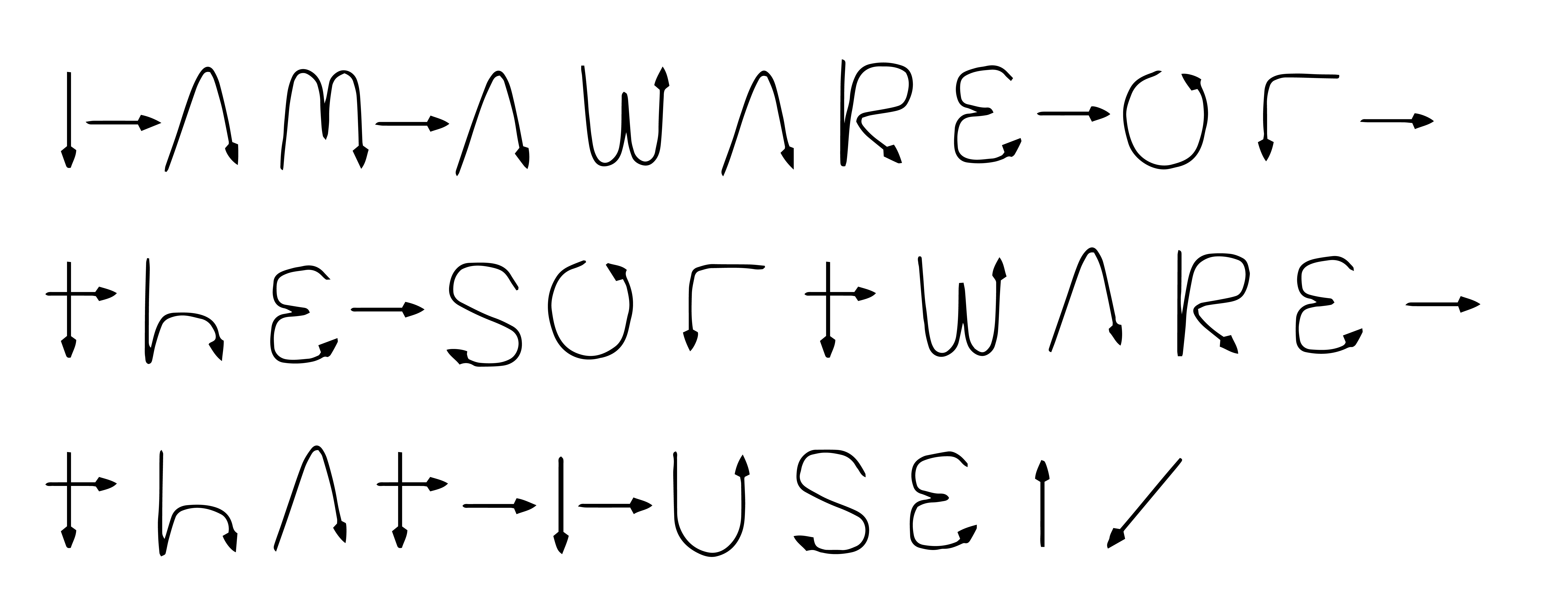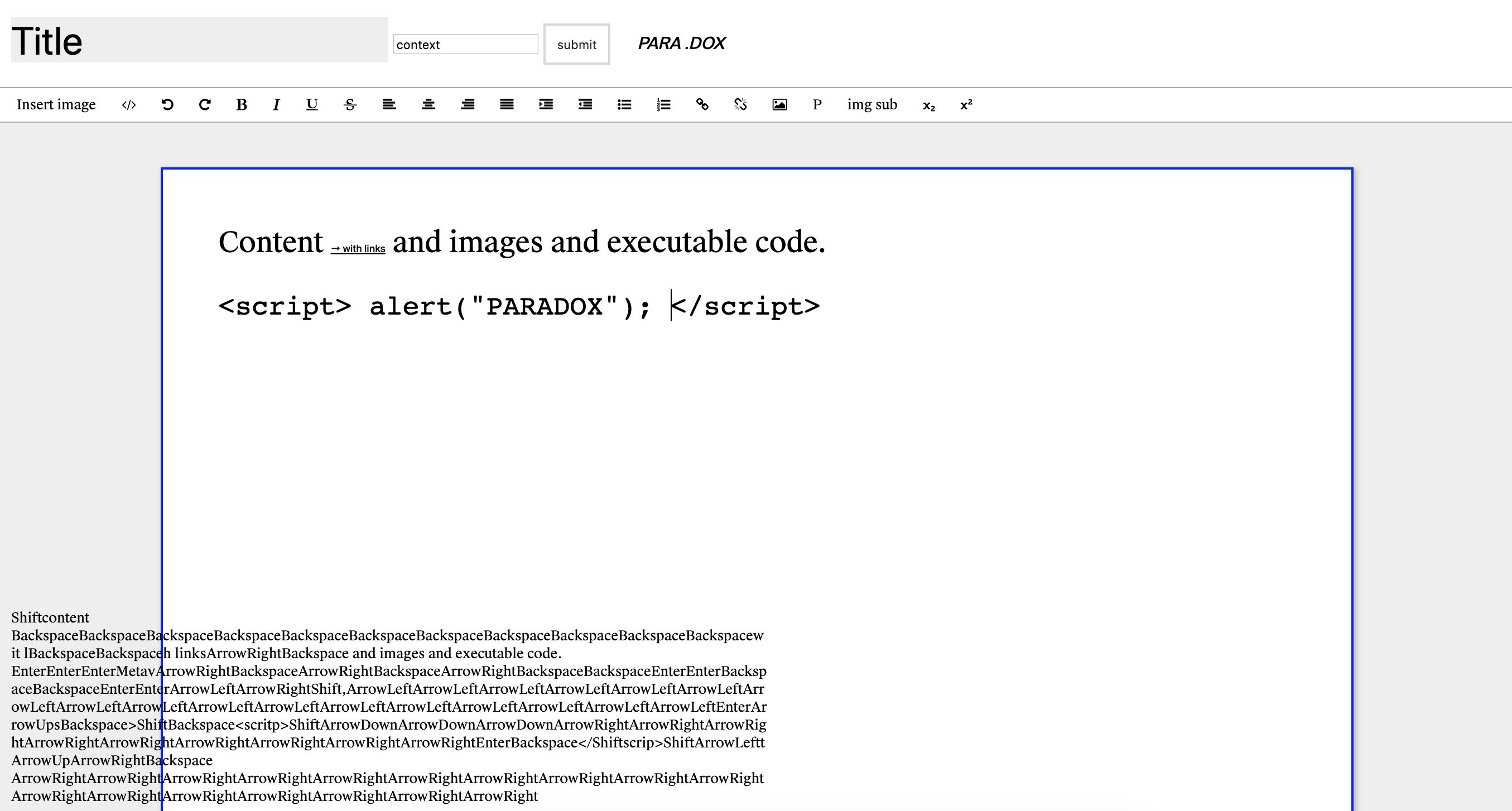The perception of software is anything but neutral. Software tells stories, through its metaphors, its contents, its performance. The digital medium offers new ways of telling stories. This becomes obvious not only due to different structures, like the form of the database as Lev Manovich points out but also because of the different modes of intervention software takes in our life (Manovich 1999, p. 82). The medium keeps evolving at inexorable speed and so does software, leaving space for new ways of how to tell and what to tell about computation.
That humans tend to anthropomorphize not only their surroundings but also computers and technology, in general, has been a well-researched topic among computer sciences & psychology. Among others, “The media equation” had shown, that we as humans consciously and unconsciously anthropomorphize computers (Reeves and Nass 2003). In addition to that humans have a vivid and diverse imagination about invisible processes. This includes software. Often digital media black-boxes certain processes and therefore provides much space for imagination and narratives that can be constructed around it (Finn 2017, p. 229). Narratives have been used for the purpose of marketing, and there have been attempts to create relatable stories within applications. A popular example is Joseph Weizenbaum’s Eliza, a digital application, that acted as a therapist, chatting with the user. This piece of software gave convincing proof of how humans anthropomorphize even simple digital applications (Wardrip-Fruin 2012, p. 27). Tech giants have put great effort into implementing relatable characters into their systems, e. g. voice assistants. An assistant that is helpful and funny that gathers your data with great pleasure. However, in the past there have also been unsuccessful attempts to add anthropomorphizing elements to programs, only to remind quickly about Microsoft’s famous Clippy (Cain 2017). These stories in applications and around it make technology more understandable, but can also be a source for misconceptions. A current example seems to be the fear of singularity after machine learning enables applications to »magically« generate or label images. The gap between the real potential and the imagination about it is significant. I don’t want to support an uncritical or blind approach towards technology – I think it is important to be realistic, critical and playful equally with these algorithms, only then turns engagement into insight.
Another case of narratives is the narrative that exists outside the software. It lies in its performance. How it acts, where and when. The realization that people relate to software on an emotional level makes it possible to create software that tells more than its function. It’s possible to tell stories only by how software works. This kind of narrative has been used in some works of Software Art. For example a work by Luca Bertini which can be found on runme.org. The work is about two viruses in love. »They search for each other on the net, running through connected computers« (Bertini 2019).
Manovich, L., 1999. Database as Symbolic Form. Convergence, 5 (2), 80–99.Bertini, L., 2019. runme.org - say it with software art! [online]. Available from: http://runme.org/project/+ViCon/ [Accessed 28 Feb 2019].
Wardrip-Fruin, N., 2012. Expressive Processing: Digital Fictions, Computer Games, and Software Studies. Cambridge, Mass London: The MIT Press.
Cain, A., 2017. The Life and Death of Microsoft Clippy, the Paper Clip the World Loved to Hate [online]. Artsy. Available from: https://www.artsy.net/article/artsy-editorial-life-death-microsoft-clippy-paper-clip-loved-hate [Accessed 28 Feb 2019].
Finn, E., 2017. What Algorithms Want: Imagination in the Age of Computing. Cambridge, MA: The MIT Press.
Reeves, B. and Nass, C., 2003. The Media Equation: How People Treat Computers, Television, and New Media Like Real People and Places. Reprint. Stanford, Calif: Center for the Study of Language and Inf.












